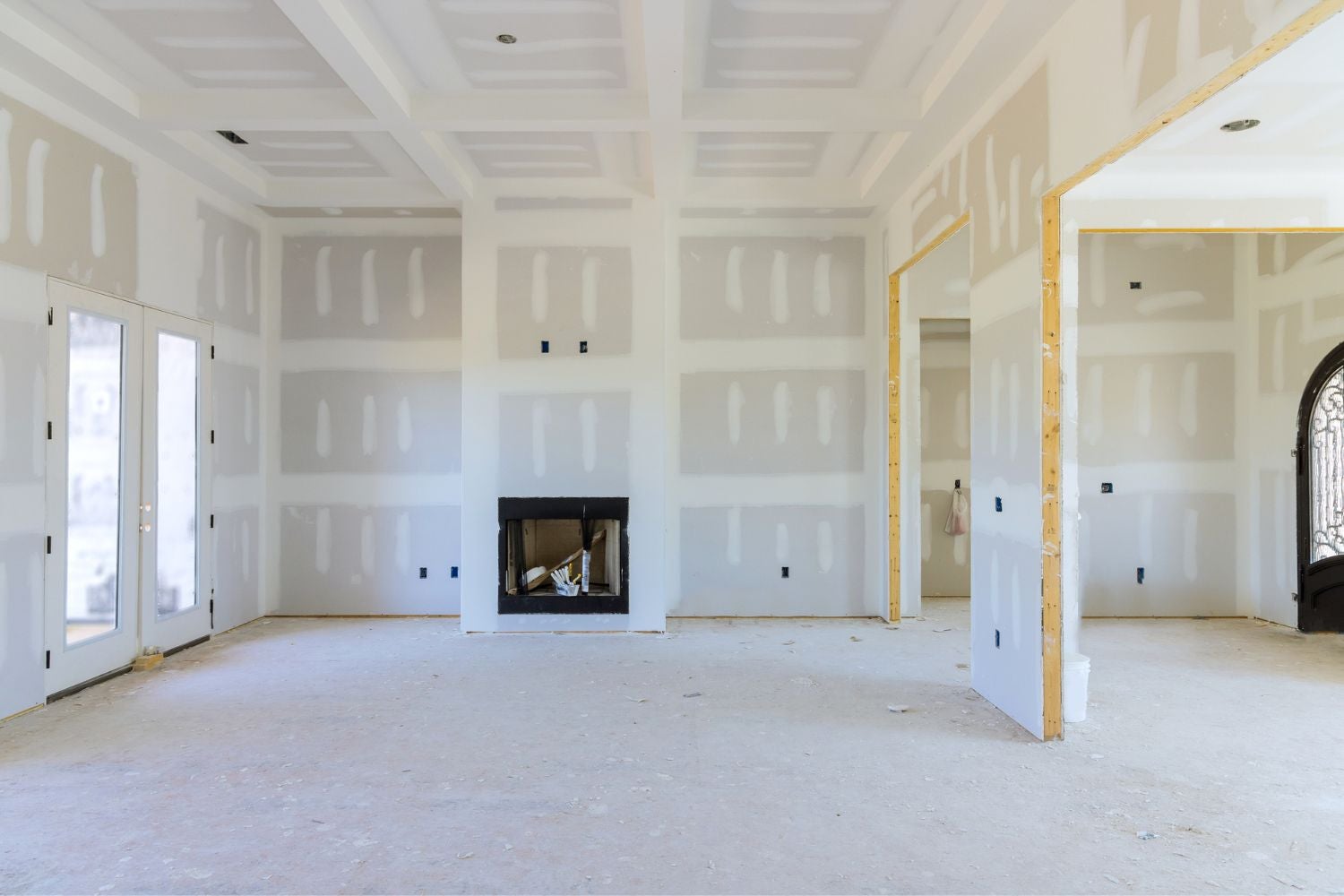

Articles
What Size Sheetrock For Interior Walls
Modified: May 6, 2024
Find out the ideal size of sheetrock for interior walls with our informative articles. Choose the right dimensions for a seamless installation.
(Many of the links in this article redirect to a specific reviewed product. Your purchase of these products through affiliate links helps to generate commission for Storables.com, at no extra cost. Learn more)
Introduction
Welcome to this comprehensive guide on choosing the right size sheetrock for interior walls. As a homeowner or a professional in the construction industry, it is important to understand the significance of selecting the correct sheetrock size for your interior walls. The size of sheetrock you choose can impact the overall aesthetic appeal, structural integrity, and even the cost and efficiency of your project.
But before we delve into the factors to consider when choosing sheetrock size, let’s briefly define what sheetrock actually is.
Sheetrock, also known as drywall or gypsum board, is a popular material used for constructing interior walls and ceilings. It is made from gypsum plaster that is sandwiched between layers of paper. Sheetrock is widely preferred due to its ease of installation, durability, and fire-resistant properties.
Now that we have a basic understanding of what sheetrock is, let’s explore why choosing the right size is crucial for your interior walls.
Key Takeaways:
- Choose the right size sheetrock for visually appealing, structurally sound, and cost-efficient interior walls. Consider factors like wall height, width, curvature, and load-bearing capacity to make an informed decision.
- Sheetrock offers versatility and practicality for interior walls. Whether using standard or specialty sizes, ensure the chosen size fits the project’s specifications, enhancing aesthetic appeal and structural integrity.
Read more: What Size Studs For Interior Walls
What is Sheetrock?
Sheetrock, also known as drywall or gypsum board, is a versatile material widely used in the construction industry for interior walls and ceilings. It is made up of a core of gypsum plaster that is sandwiched between layers of paper. This unique composition gives sheetrock its strength, durability, and fire-resistant properties.
Sheetrock is designed to be a cost-effective and efficient alternative to traditional plaster walls, offering homeowners and contractors a quick and simple solution for creating smooth and even surfaces. It is available in various sizes and thicknesses to suit different construction needs.
The primary advantage of using sheetrock is its ease of installation. The material can be cut, shaped, and fastened to studs or joists to create walls and ceilings. Its lightweight nature makes it easier to handle, reducing the labor and time required for installation. Additionally, sheetrock panels can be easily taped and finished to achieve a seamless surface, ready for painting or other desired finishes.
Another reason for the popularity of sheetrock is its durability. The gypsum core provides stability and resistance to impact, reducing the risk of cracks and damage. Additionally, sheetrock is designed to be fire-resistant, offering potential protection in case of a fire.
Sheetrock also offers insulation benefits, helping to regulate the temperature and soundproof rooms. It can be enhanced with insulation materials to improve energy efficiency and reduce noise transmission between rooms.
Overall, sheetrock is a versatile and practical material for interior walls. Its ease of installation, durability, fire resistance, and insulation properties make it an ideal choice for both residential and commercial construction projects.
Importance of Choosing the Right Size Sheetrock for Interior Walls
Choosing the right size sheetrock for your interior walls is crucial for several reasons. Let’s explore why it is important to select the appropriate size:
- Aesthetic Appeal: The size of sheetrock you choose can significantly impact the overall aesthetic appeal of your interior walls. Using the wrong size can result in uneven seams or gaps, which can be visually unappealing. By selecting the correct size, you can ensure that your walls have a smooth and professional finish.
- Structural Integrity: The size of sheetrock plays a vital role in maintaining the structural integrity of your walls. Using sheetrock that is too thin or too thick for the intended application can compromise the strength and stability of the walls. It is essential to choose a size that can adequately support the load and provide the necessary rigidity.
- Cost and Efficiency: Selecting the right size sheetrock can have a significant impact on your project’s cost and efficiency. Using oversized or undersized sheetrock panels can lead to wastage and additional expenses. Moreover, larger panels may be more challenging to transport and install, leading to delays and inefficiencies.
- Accessibility and Versatility: Different areas of your home may require different sheetrock sizes. For example, areas with curved walls or corners may necessitate smaller, more flexible panels that can be easily molded to fit the shape. By selecting the appropriate size sheetrock, you can ensure accessibility and versatility for various areas of your interior walls.
Overall, choosing the right size sheetrock is essential for achieving a visually appealing, structurally sound, cost-effective, and efficient outcome for your interior walls. It is crucial to consider the specific requirements of your project, including the design, load-bearing capacity, accessibility, and overall aesthetic goals, to make an informed decision.
When choosing sheetrock for interior walls, the most common size is 4×8 feet. This size is easy to handle and install, making it a popular choice for residential construction.
Factors to Consider When Choosing Sheetrock Size for Interior Walls
When selecting the appropriate sheetrock size for your interior walls, there are several factors to consider. Let’s explore these factors to help you make an informed decision:
- Wall Height: The height of your walls is an essential factor to consider when choosing sheetrock size. Standard sheetrock panels are typically available in 4-foot by 8-foot dimensions. However, if you have taller walls, you may need to opt for longer panels or consider using multiple panels to cover the full height of the wall.
- Wall Width: The width of your walls is another critical factor. Most interior walls have a standard width of 4 inches, which allows for easy installation of 4-foot wide sheetrock panels. However, if your walls have a different width due to design considerations or structural requirements, you may need to cut sheetrock panels to the appropriate size or consider using narrow width panels as necessary.
- Wall Curvature: If your interior walls have curved sections or corners, you will need to choose sheetrock that is flexible enough to bend and accommodate the curved shape. Flexible sheetrock options, such as lightweight panels or specialized curved panels, should be considered in such cases to ensure a seamless and smooth finish.
- Load-Bearing Capacity: Consider the load-bearing capacity of your interior walls when choosing sheetrock size. Depending on the intended use of the space, the walls may need to support additional weight, such as shelving or artwork. Thicker sheetrock panels can provide increased strength and stability for such applications, ensuring that the walls can handle the load without sagging or cracking.
- Soundproofing Requirements: If soundproofing is a concern, you may want to consider using thicker sheetrock panels or adding insulation between the wall studs. Thicker panels and insulation materials can help reduce sound transmission and create a more peaceful and private environment.
It is important to assess these factors and evaluate the specific requirements of your project before choosing the size of sheetrock for your interior walls. Consulting with a professional or seeking advice from experienced contractors can also be beneficial in ensuring that you select the appropriate size for your specific needs.
Common Sizes of Sheetrock for Interior Walls
When it comes to sheetrock for interior walls, there are several common sizes available that cater to different construction requirements. Here are some of the most frequently used sizes:
- 4-foot by 8-foot: The 4-foot by 8-foot sheetrock panel is the most common size found in residential and commercial construction. It is versatile and widely used for standard interior walls with a height of 8 feet. These panels are easy to handle, transport, and install, making them a popular choice for various applications.
- 4-foot by 12-foot: The 4-foot by 12-foot sheetrock panel is commonly used in areas with taller walls or when there is a need for fewer seams. These larger panels can help reduce the number of joints and improve the overall aesthetic appeal of the walls. However, they may be more challenging to handle and install due to their size and weight.
- 4-foot by 10-foot: The 4-foot by 10-foot sheetrock panel is a size that falls between the standard 4-foot by 8-foot and 4-foot by 12-foot panels. This size is often used when there is a need to cover larger wall spaces but it isn’t feasible or necessary to use the longer 12-foot panels. It provides a good balance between ease of installation and minimizing seams.
- Other Sizes: In addition to the standard sizes mentioned above, there are also specialty sheetrock sizes available for specific applications. These include narrower widths of 2 feet or less, which are commonly used for soffits, bulkheads, or curved walls. Additionally, there are thicker sheetrock options, such as 5/8-inch panels, which are typically used in areas where increased fire resistance or soundproofing is desired.
It is important to note that these sizes may vary slightly depending on the manufacturer and region, so it is always advisable to check the specific dimensions available in your area. Consulting with a professional contractor or supplier can help ensure that you choose the most suitable sheetrock size for your interior walls based on your project’s specific requirements.
Read more: What Size Spray Tip For Interior Walls
Conclusion
Choosing the right size sheetrock for your interior walls is crucial for achieving a visually appealing, structurally sound, and efficient construction project. By considering factors such as wall height, width, curvature, load-bearing capacity, and soundproofing requirements, you can make an informed decision that meets your specific needs.
Sheetrock, with its ease of installation, durability, and fire-resistant properties, is a versatile and practical material for interior walls. Whether you opt for the standard 4-foot by 8-foot panels, larger 4-foot by 12-foot panels, or specialty sizes, it’s important to ensure that the chosen size fits the project’s specifications.
Using the correct size sheetrock can greatly enhance the aesthetic appeal of your interior walls, ensuring seamless finishes and minimizing gaps or uneven seams. It also contributes to the structural integrity of the walls, providing the necessary strength and stability to support the intended load. Additionally, selecting the appropriate size sheetrock helps optimize cost and efficiency, reducing waste and simplifying the installation process.
Remember that different areas within your home may require different sheetrock sizes. Consider the unique characteristics of each space, such as curved walls or corners, and choose flexible and specialized panels as needed.
Consulting with professionals in the construction industry, such as contractors or suppliers, can provide valuable guidance and insights to help you select the most suitable sheetrock size for your interior walls. Their expertise can ensure that you achieve the desired results and create a beautiful and functional living or working space.
In conclusion, taking the time to carefully consider the factors involved and choosing the right size sheetrock for your interior walls is essential for a successful construction project. By doing so, you can create walls that are not only visually appealing but also structurally sound and efficient in terms of cost and installation.
Once you've got the perfect dimensions for your sheetrock, why not shift gears toward another exciting upgrade? Your next stop could be choosing the right flooring that complements your freshly installed walls. Dive into our detailed guide on selecting hardwood floors that will breathe new life into your home. Our insights could be just what you're looking for to transform your space!
Frequently Asked Questions about What Size Sheetrock For Interior Walls
Was this page helpful?
At Storables.com, we guarantee accurate and reliable information. Our content, validated by Expert Board Contributors, is crafted following stringent Editorial Policies. We're committed to providing you with well-researched, expert-backed insights for all your informational needs.
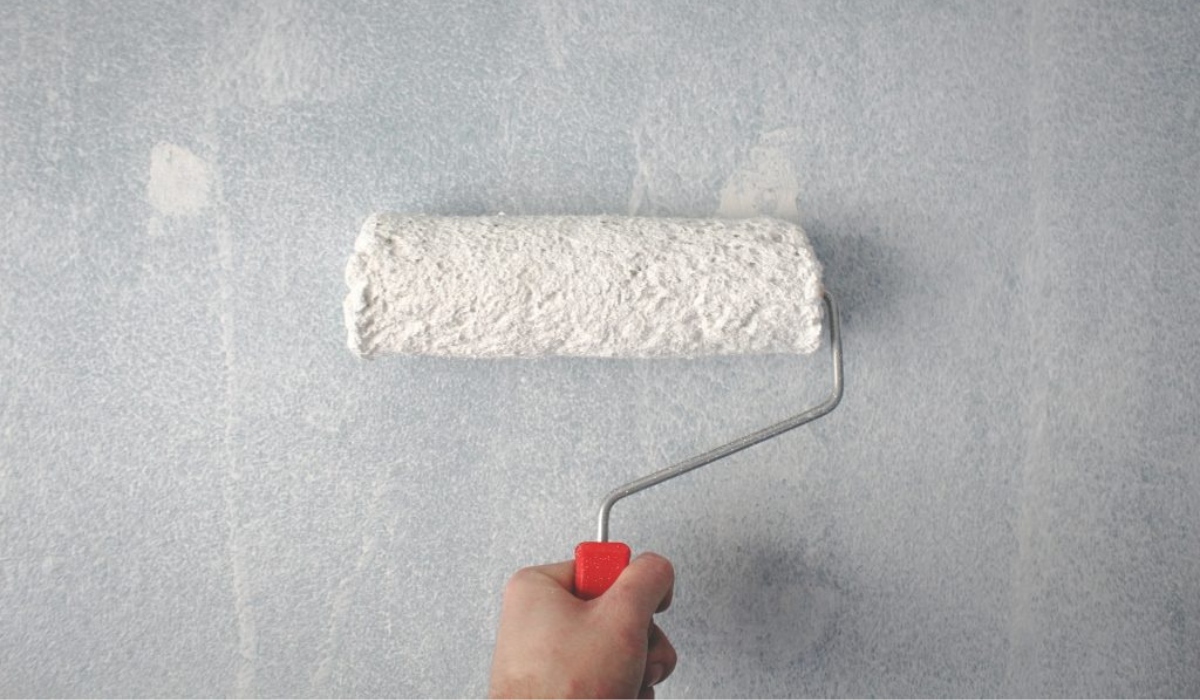
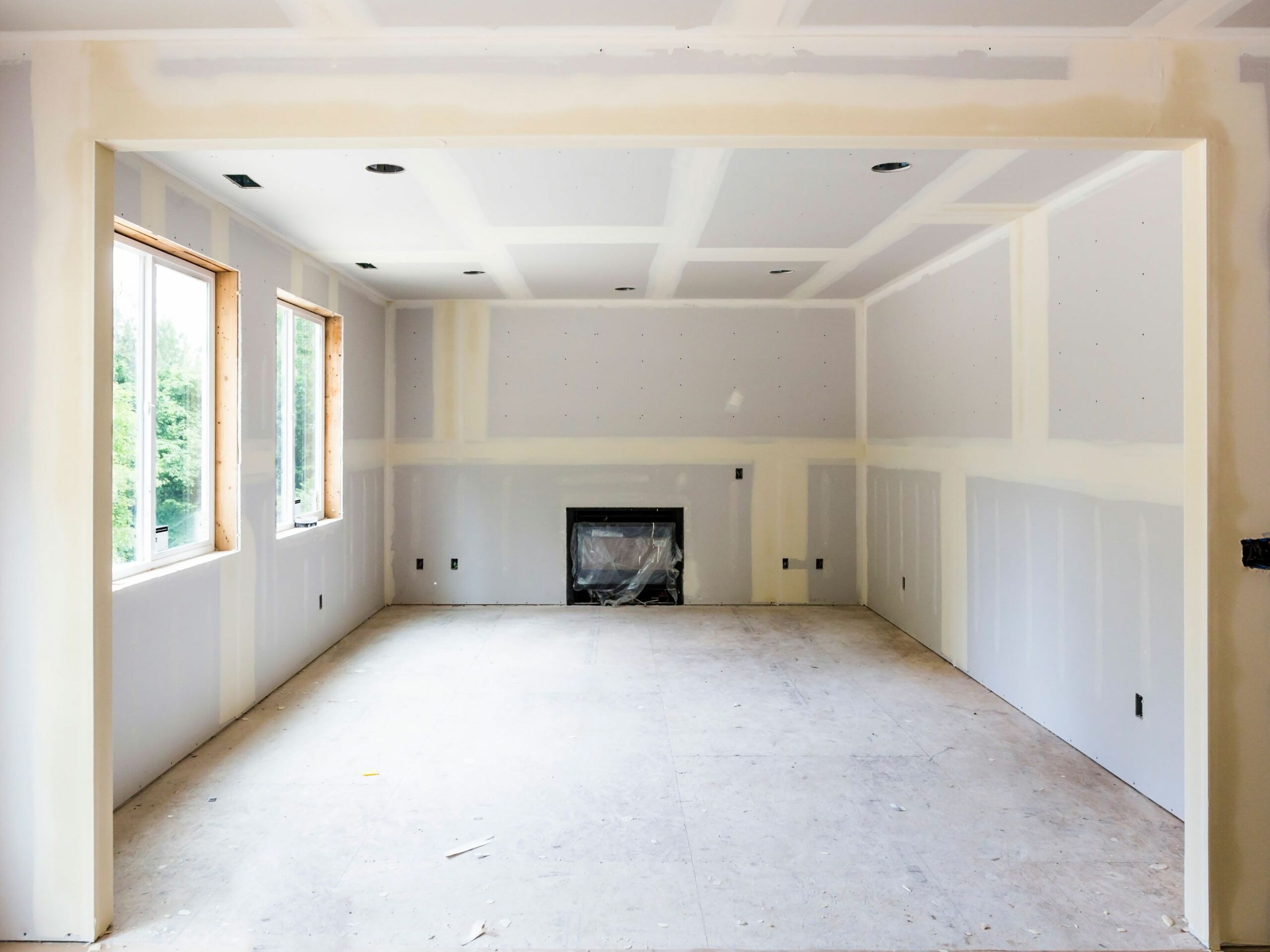
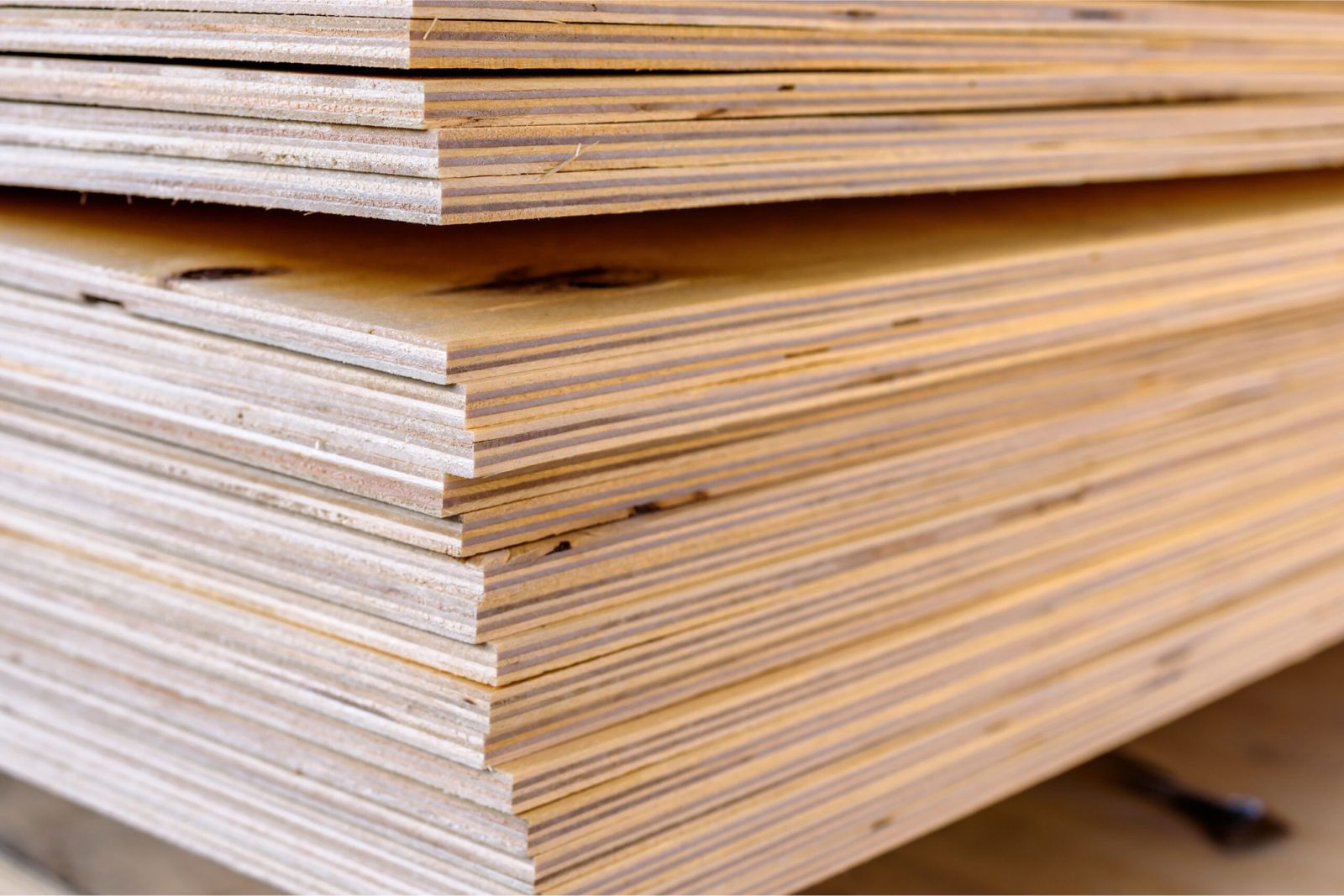
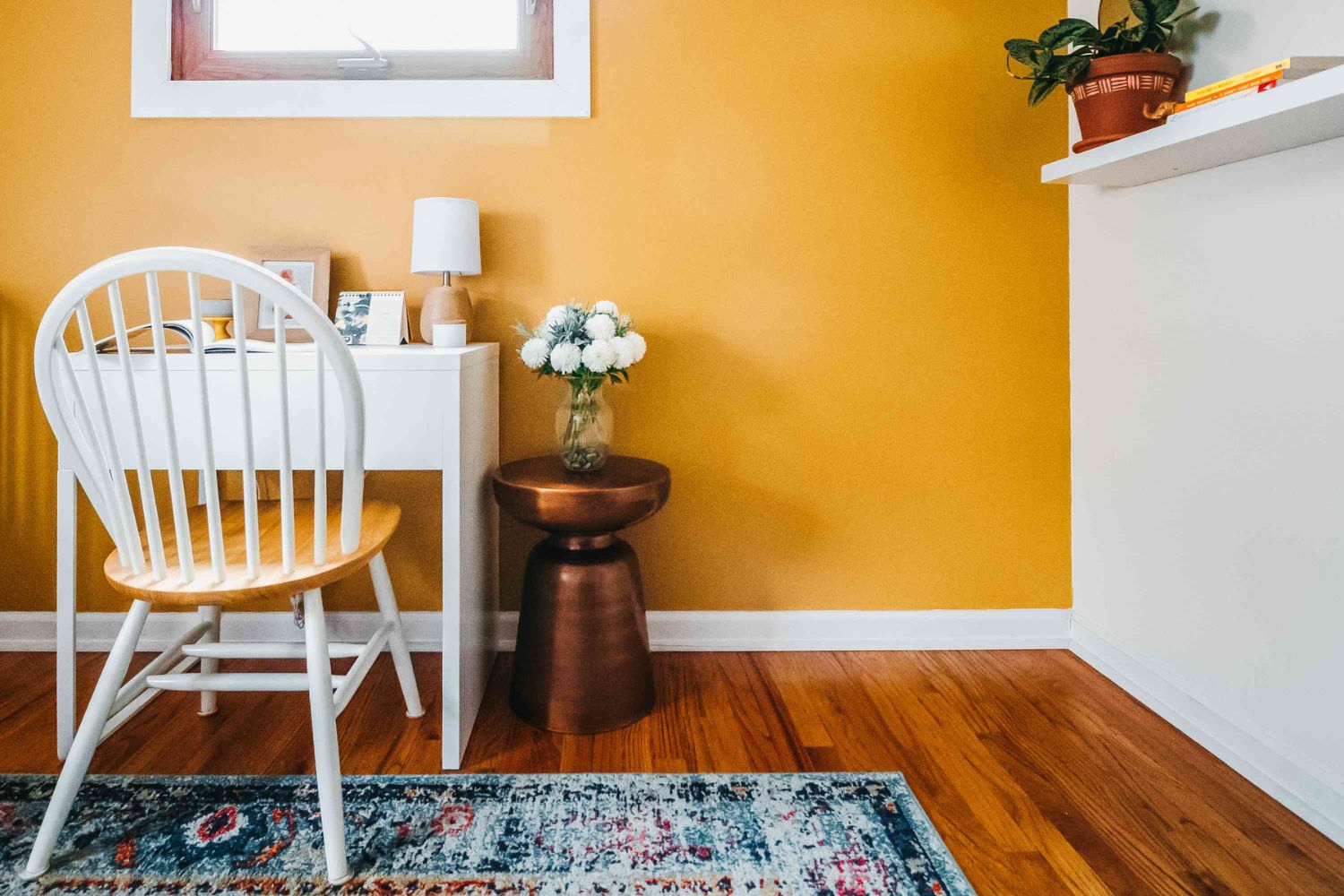
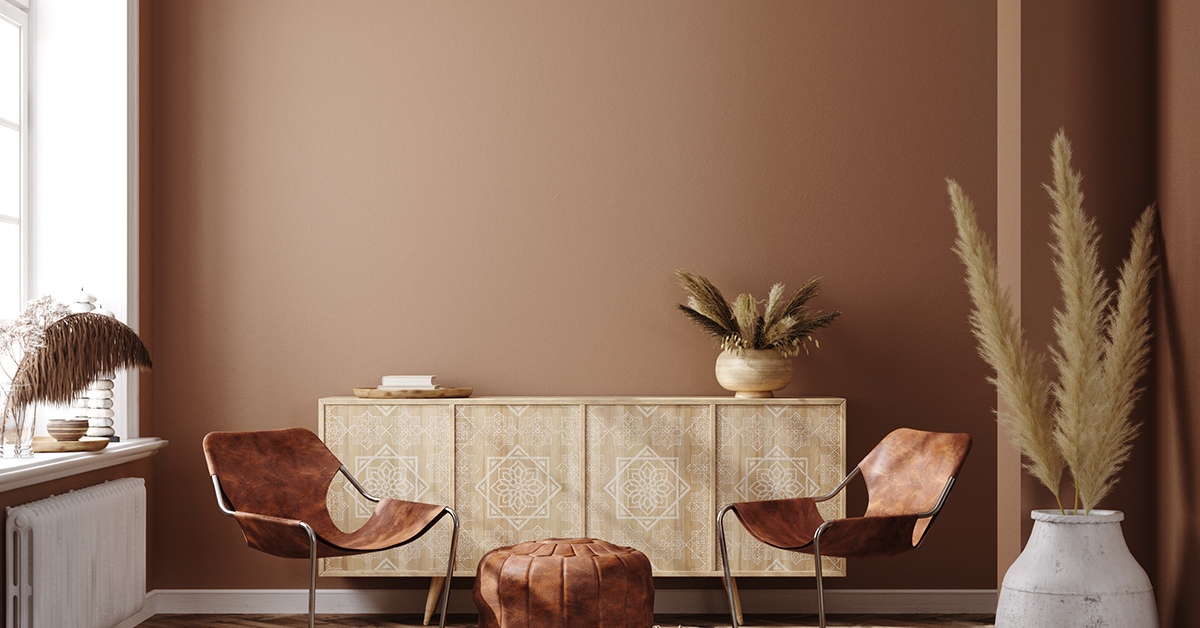
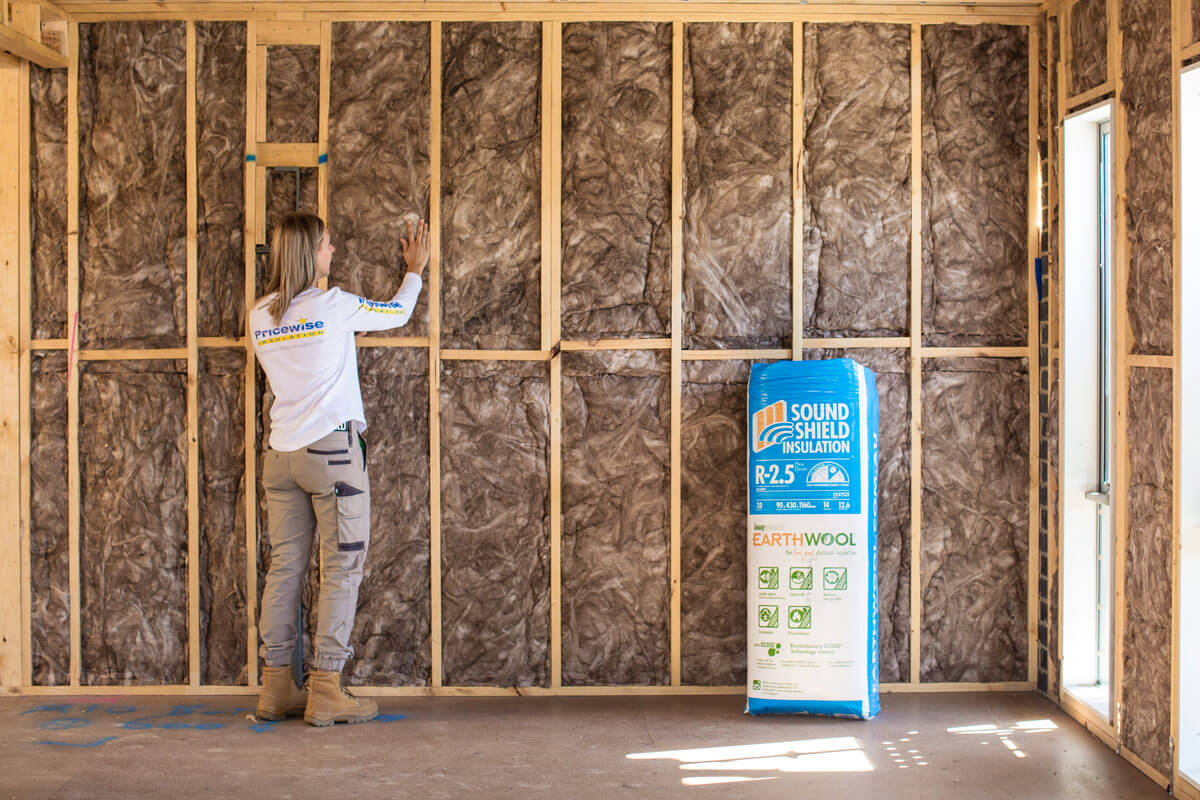
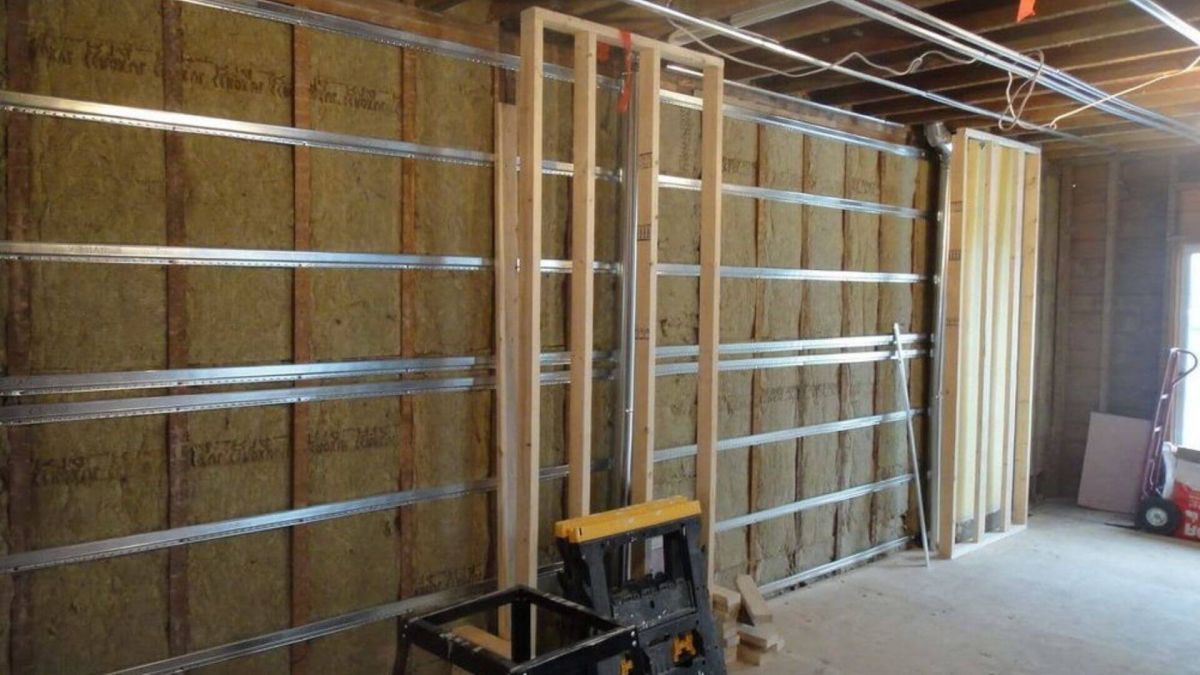
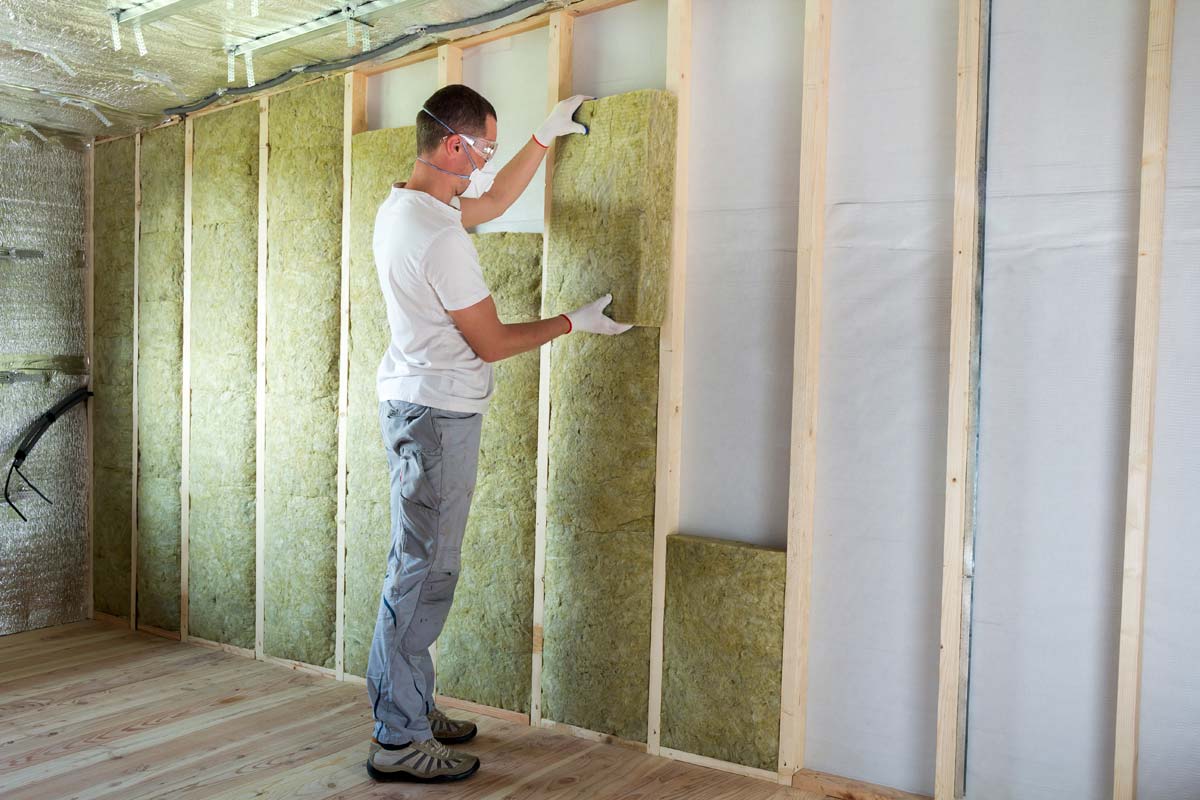
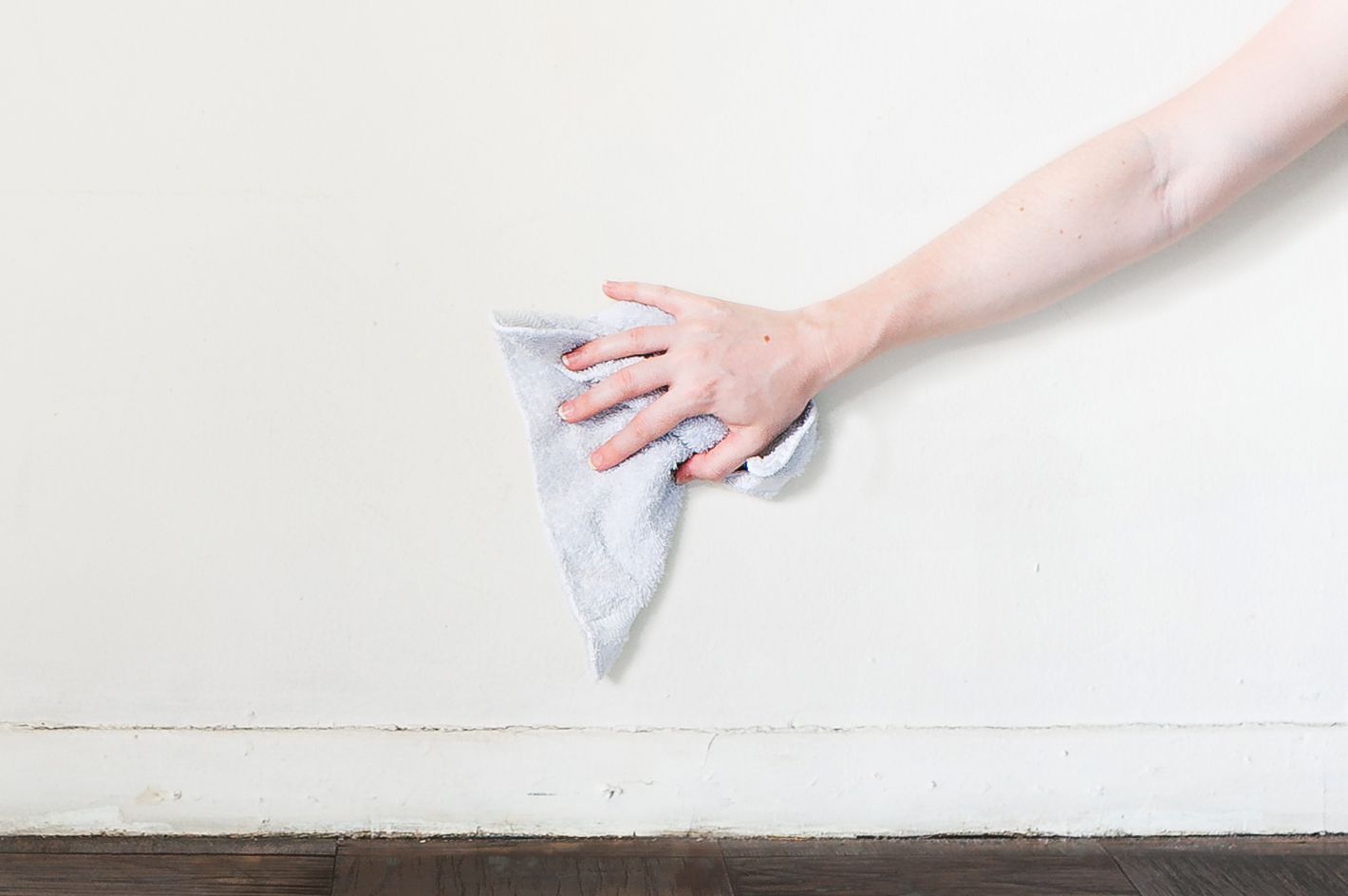
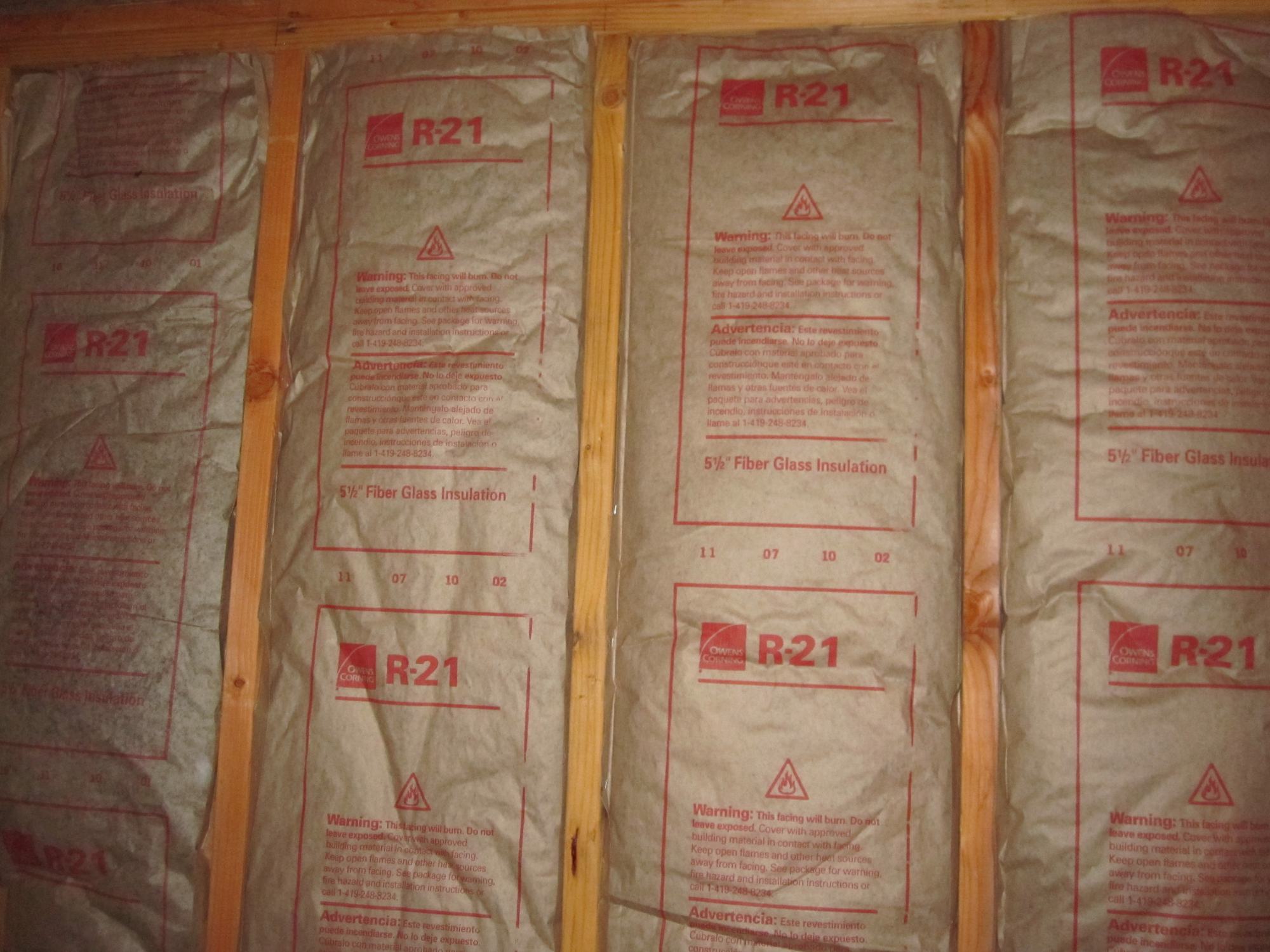

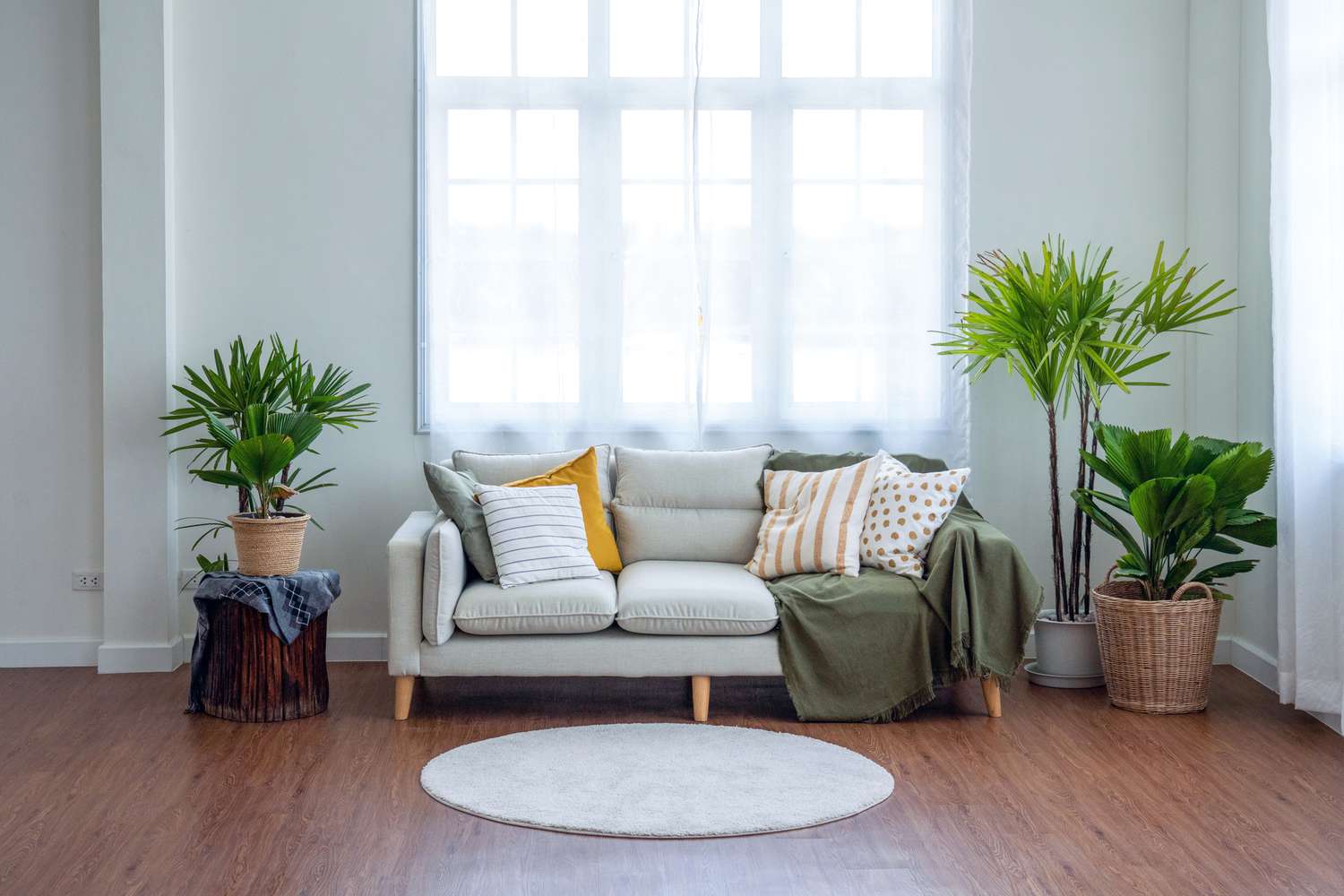
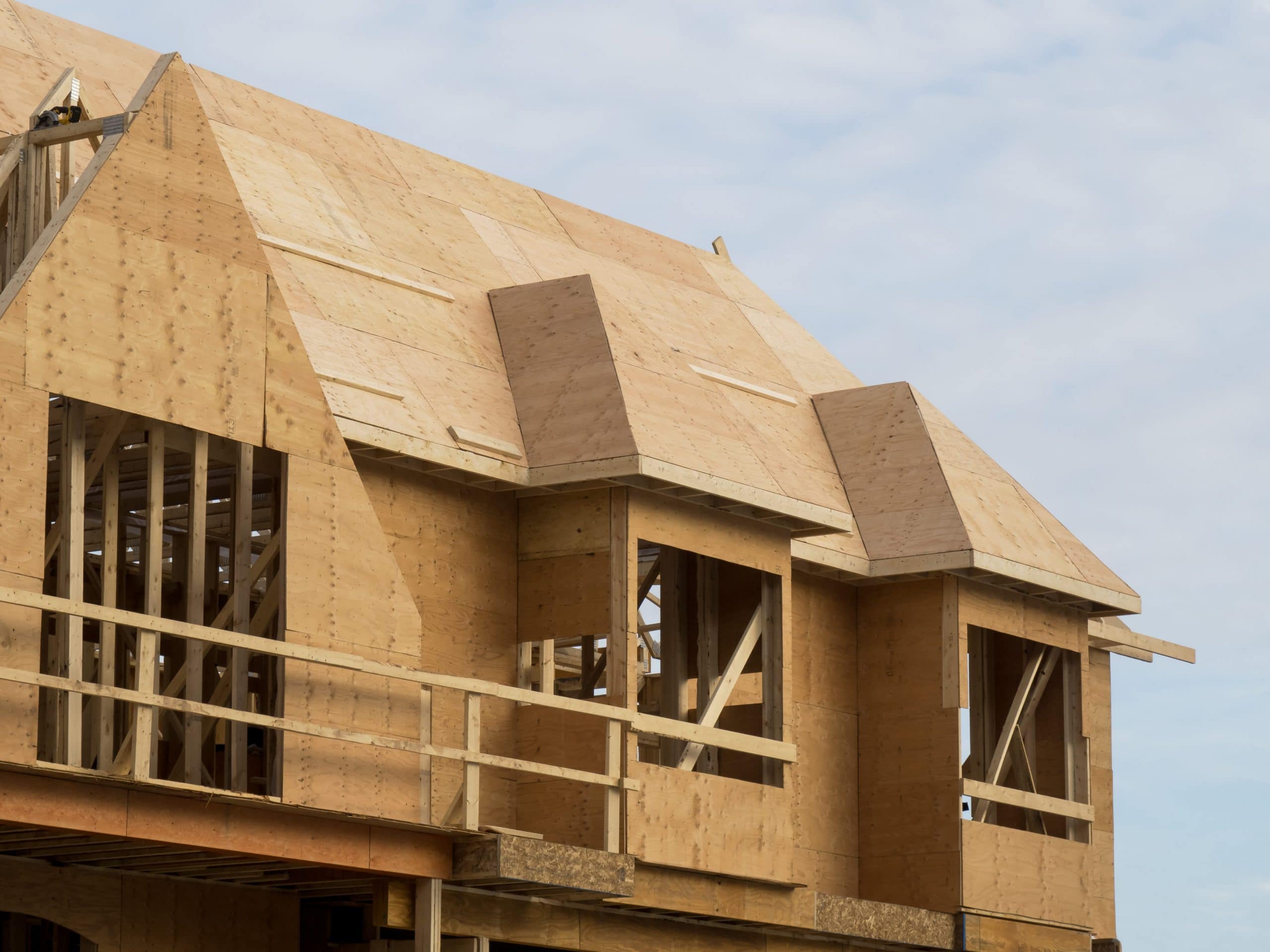
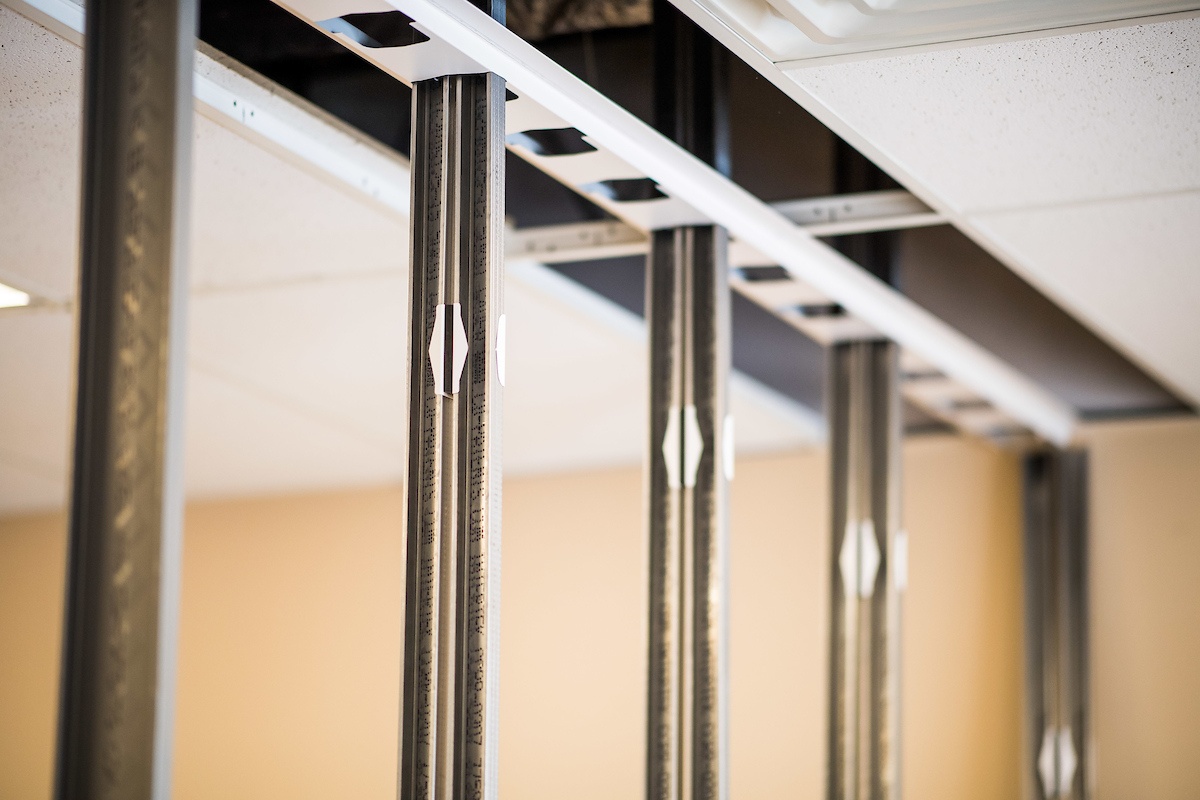

0 thoughts on “What Size Sheetrock For Interior Walls”